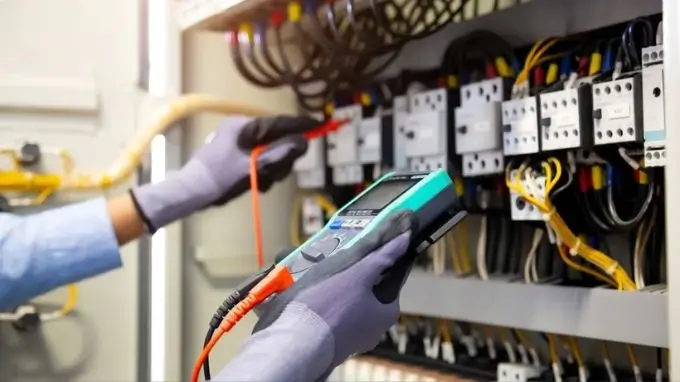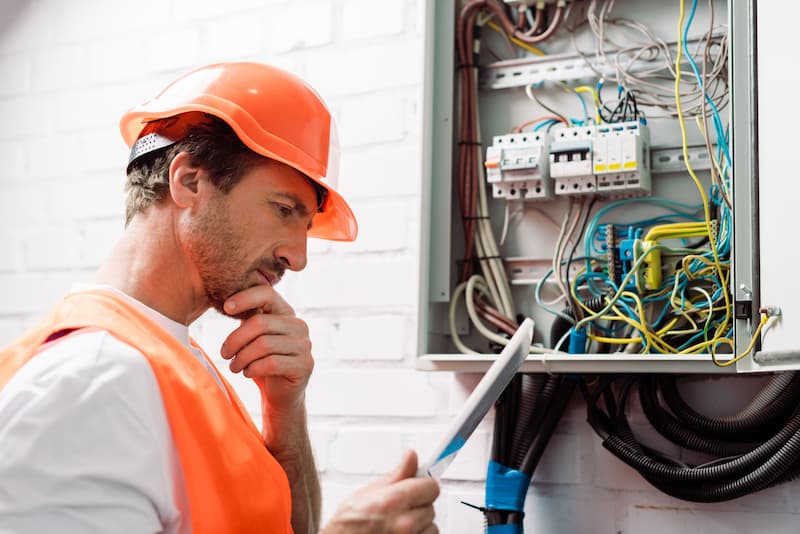Streamline operations with expert mechanical system optimisation support.
Wiki Article
Leading Tips for Effective Electrical System Troubleshooting
Repairing electrical systems calls for a methodical strategy, grounded in an extensive understanding of electric principles and security protocols. By familiarizing oneself with circuit elements, making use of vital devices, and adhering to a structured analysis approach, experts can efficiently recognize and deal with issues. The subtleties of effective fixing expand beyond simple technological expertise; recognizing just how to record searchings for and prioritize security can considerably affect outcomes. As we check out these critical elements further, it comes to be clear that grasping this process is not just beneficial but essential for success in the area.Understand the Essentials
Recognizing the basics of electrical systems is essential for effective troubleshooting, as a solid structure enables specialists to identify and settle concerns much more successfully. A thorough understanding of electrical principles, such as voltage, present, resistance, and power, is vital in identifying the source of issues. Voltage is the electric prospective distinction that drives current via a circuit, while resistance opposes the flow of present, influencing the general capability of the system.Familiarity with circuit parts, including resistors, capacitors, diodes, and changes, is also extremely important. Each component plays a distinct duty in circuit habits and can affect efficiency when malfunctioning. In addition, understanding collection and parallel circuit configurations is crucial, as these arrangements influence the circulation of voltage and present within the system.
Professionals must be mindful of potential hazards, such as shock and brief circuits, to carry out risk-free troubleshooting practices. By mastering these foundational principles, technicians boost their capacity to perform reliable diagnostics and fixings, eventually leading to enhanced performance and dependability of electrical systems (electrical system troubleshooting).
Gather Necessary Devices
Reliable troubleshooting of electrical systems requires the ideal collection of tools to identify and solve problems accurately. Important devices consist of a multimeter, which gauges voltage, present, and resistance, enabling for specific analyses of electric components.Furthermore, protected hand devices such as screwdrivers, pliers, and cord pole dancers are critical for safely manipulating electrical links. It is likewise advisable to have a circuit tester on hand to validate the visibility of voltage in electrical outlets and wires. For more complicated systems, a thermal imaging cam can help detect overheating components, indicating potential failures.

Comply With a Methodical Strategy
Having actually gathered the appropriate tools, the next action in troubleshooting electrical systems is to adhere to a systematic method. A systematic technique guarantees that service technicians can recognize faults effectively and precisely, reducing downtime and preventing unneeded fixings.Begin by reviewing the system's schematic layouts and specs. This involves checking each part methodically, starting from the power source and working towards the lots.
Make use of testing equipment, such as multimeters and oscilloscopes, to collect unbiased information about voltage, present, and resistance at numerous factors within the system. This empirical proof will certainly assist your troubleshooting efforts and assist to confirm or eliminate prospective sources of failing.
In addition, think about environmental elements that might influence the system's performance, such as temperature level changes or wetness ingress. A detailed assessment of circuitry, links, and components will certainly ensure that all opportunities are represented.
Document Your Searchings For
Extensive documents is vital in the fixing process of electrical systems. Exact documents improve the regulatory compliance assistance efficiency of identifying persisting concerns and promote communication amongst team participants. Each finding must be diligently kept in mind, including signs and symptoms observed, examinations performed, and the results of those examinations. electrical system troubleshooting. This practice not only help in understanding the source of the problem but likewise works as a recommendation for future troubleshooting efforts.
In addition, maintaining a log of components replaced or repair work carried out is indispensable. This information supports inventory administration and can aid assess the longevity and integrity of certain parts.
Inevitably, the documents procedure must be thorough yet concise, making it possible for simple retrieval and evaluation - electrical system troubleshooting. By prioritizing in-depth documents, professionals can create a beneficial knowledge base that not just help in existing troubleshooting yet likewise equips future maintenance efforts, thereby improving general system reliability

Prioritize Security Procedures
Identifying the inherent threats connected with electric systems is essential for guaranteeing safety throughout troubleshooting. Electrical shock, burns, and equipment damage are just a few of the prospective dangers that service technicians deal with. Focusing on safety measures is not only a legal commitment yet also a moral critical that safeguards both the technician and the surrounding atmosphere.Prior to starting any troubleshooting job, technicians should put on suitable individual safety devices (PPE), consisting of insulated gloves, security glasses, and flame-resistant clothes. Guaranteeing that the workspace is dry and free of mess can dramatically reduce the risk of crashes. It is necessary to de-energize circuits prior to beginning any kind of job, validating that they are not live with the usage of a multimeter or voltage tester.
Developing clear communication procedures with group members is additionally vital; this guarantees that every person knows possible risks and the condition of the electrical system being worked on. Having an emergency situation feedback strategy in place can prove indispensable in the event of an event. By prioritizing precaution, professionals can successfully alleviate dangers and cultivate a much safer office.
Verdict
Efficient electrical system repairing depends on an extensive understanding of essential principles and a systematic approach. Focusing on security measures ensures the wellness of individuals included and the honesty of the electric system.Report this wiki page